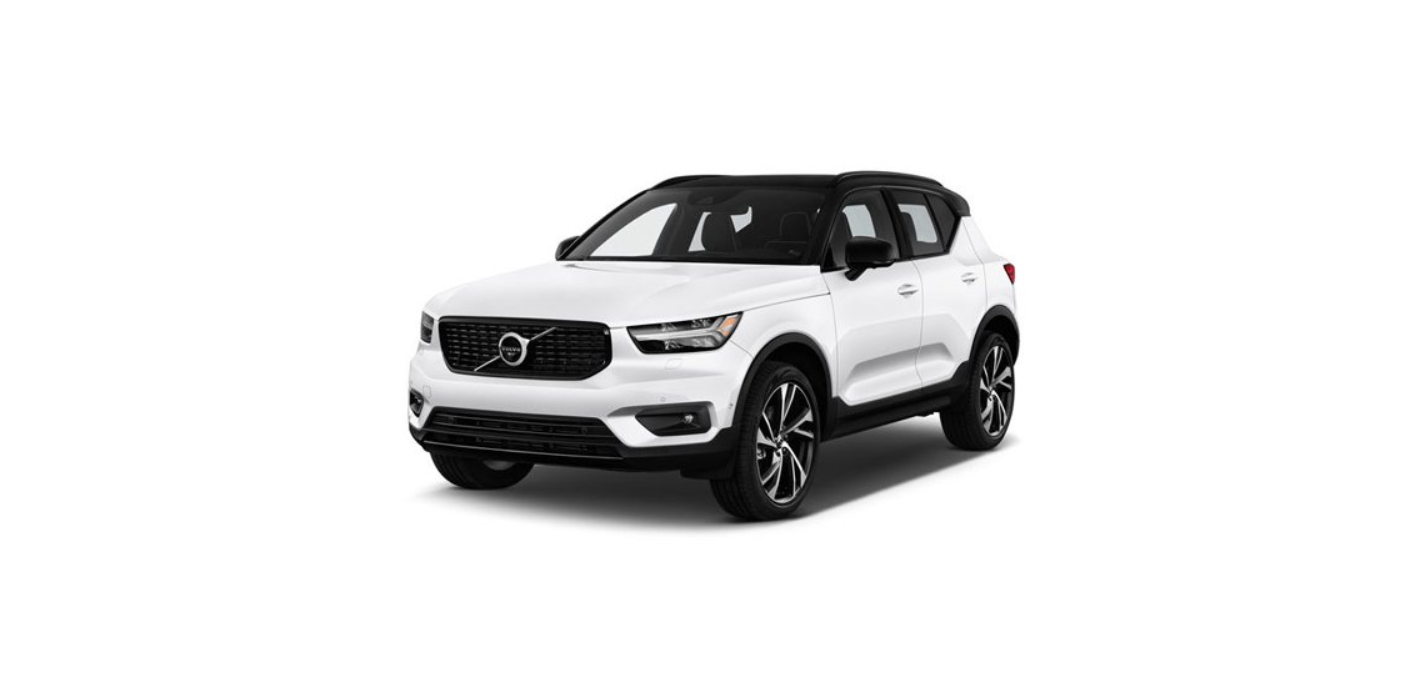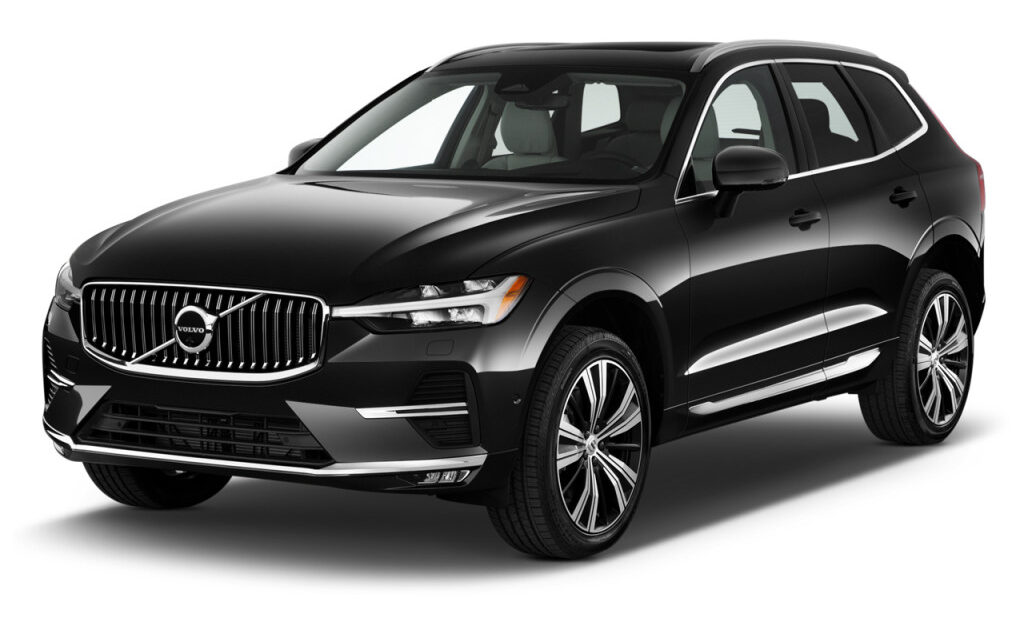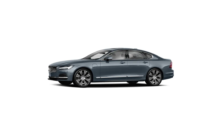Environmental care is one of Volvo Cars’ core values and influences all operations. The environmental work is based on the whole life cycle of the car and takes into account the environmental impact it has, from design to scrapping and recycling. Volvo Cars’ basic principle is that every new product developed must have less impact on the environment than the product it replaces. Volvo’s environmental management work has resulted in the development of more effective and less polluting drivelines. The personal environment is also important to Volvo – the air inside a Volvo is, for example, cleaner than the air outside thanks to the climate control system. Your Volvo complies with stringent international environmental standards. All Volvo’s manufacturing units must be ISO 14001 certified, and this supports a systematic approach to the operation’s environmental issues, which leads to continuous improvement with reduced environmental impact. Holding the ISO certificate also means that environmental laws and regulations in force are complied with. Volvo also requires that its partners must also meet these requirements.
Fuel consumption
Since a large part of a car’s total environmental impact stems from its use, the emphasis of Volvo Cars’ environmental work is on reducing fuel consumption, carbon dioxide emissions, and other air pollutants. Volvo cars have competitive fuel consumption in each of their respective classes. Lower fuel consumption generally results in lower emissions of the greenhouse gas, carbon dioxide.
Contributing to a better environment
An energy-efficient and an economical car can contribute to reduced environmental impact and also involve reduced costs for the owner of the car. As the driver, it is easy to reduce fuel consumption and thereby save money and contribute to a better environment – here is some advice:
- Plan for an effective average speed. Speeds above approx. 80 km/h (approx. 50 mph) and below 50 km/h (approx. 30 mph) lead to increased energy consumption.
- Follow the Service and Warranty Booklet’s recommended intervals for service and maintenance of the car.
- Avoid letting the engine idle – switch off the engine when stationary for longer periods. Pay attention to local regulations.
- Plan the journey – a lot of unnecessary stops and uneven speed contribute to increased fuel consumption.
- Use preconditioning before starting in cold conditions – it improves starting capacity and reduces wear in cold weather. The engine reaches normal operating temperature more quickly, which decreases consumption and reduces emissions.
Also remember to always dispose of environmentally hazardous waste, such as batteries and oil, in an environmentally safe manner. Consult a workshop in the event of uncertainty about how this type of waste should be discarded – an authorized Volvo workshop is recommended.
Efficient emission control
Your Volvo is manufactured following the concept “Clean inside and out” – a concept that encompasses a clean interior environment as well as highly efficient emission control. In many cases the exhaust emissions are well below the applicable standards.
Clean air in the passenger compartment
An air filter helps prevent dust and pollen from entering the passenger compartment via the air intake. The Interior Air Quality System (IAQS) ensures that the incoming air is cleaner than the air in the traffic outside. The system cleans the air in the passenger compartment from contaminants such as particles, hydrocarbons, nitrous oxides, and ground-level ozone. If the outside air is contaminated then the air intake is closed and the air is recirculated. Such a situation may arise in heavy traffic, queues, and tunnels for example. IAQS is a part of the Clean Zone Interior Package (CZIP), which also includes a function that allows the fan to start when the car is unlocked with the key.
Interior
The material used in the interior of a Volvo is carefully selected and has been tested in order to be pleasant and comfortable. Some of the details are hand-made, such as the seams of the steering wheel that are sewn by hand. The interior is monitored in order not to emit strong odors or substances that cause discomfort in the event of e.g. high heat and bright light.
Volvo workshops and the environment
Regular maintenance creates conditions for long service life and low fuel consumption for your car. In this way, you also contribute to a cleaner environment. When Volvo’s workshops are entrusted with the service and maintenance of your car it becomes part of Volvo’s system. Volvo makes clear demands regarding the way in which workshop premises shall be designed in order to prevent spills and discharges into the environment. The workshop staff has the knowledge and the tools required to guarantee good environmental care.
Recycling
Since Volvo works from a life cycle perspective, it is also important that the car is recycled in an environmentally sound manner. Almost all cars can be recycled. The last owner of the car is therefore requested to contact a retailer for referral to a certified/approved recycling facility.
Online connectivity and entertainment
Fair Use Policy
Your use of connectivity services that is part of your vehicle is subject to this Fair Use Policy.
When using this Service you agree not to
- submit content that is unlawful, obscene, libellous, threatening, harassing, hateful, racially or ethnically offensive or otherwise inappropriate
- use the Service in breach of any applicable law
- use the Service for commercial purposes.
Your access to the Service is part of shared access. Volvo reserves the right to suspend your access to or use of the Service if your use involves very high volumes of data, disproportionate to other users. Volvo may also suspend your access for technical reasons or to protect other functions of your vehicle. Your access to connectivity services is covered by third-party terms and conditions from the mobile network service provider.
Information when it is needed, where it is needed
The different displays in the car provide information at the right time. The information is shown in different locations based on how it should be prioritised by the driver.
Wearing gloves may limit or prevent touch screen response.
Head-up display
Voice control system
The voice control system can be used without the driver needing to take his/her hands off the steering wheel. The system can understand natural speech. Use voice control to, for example, play back a song, call someone, increase the temperature or read out a text message.




